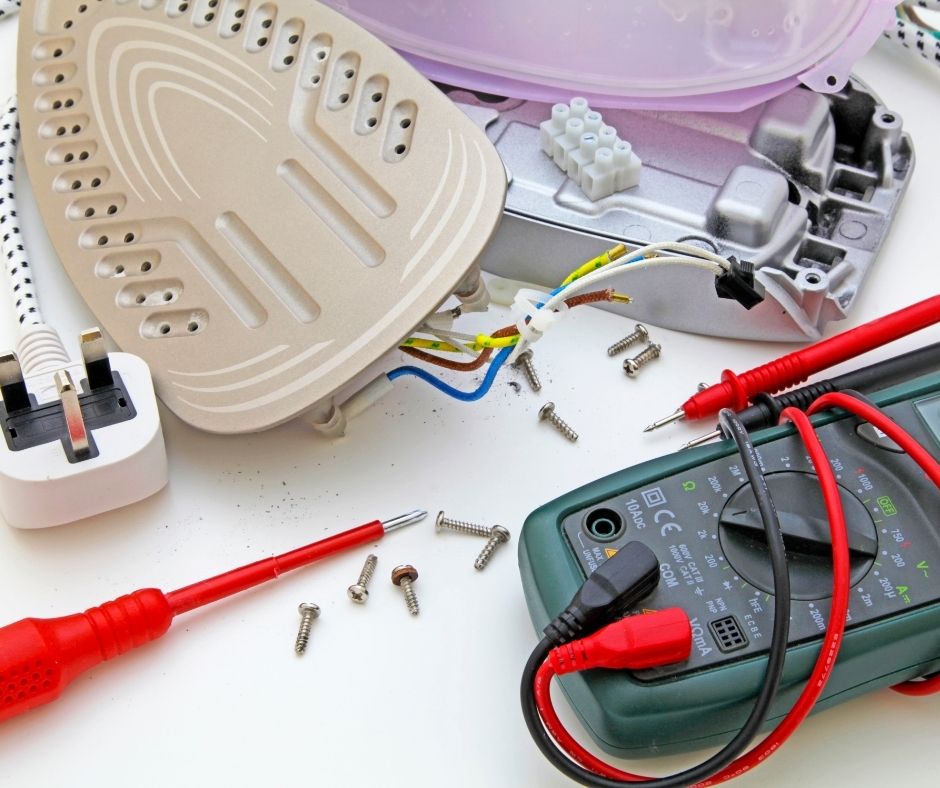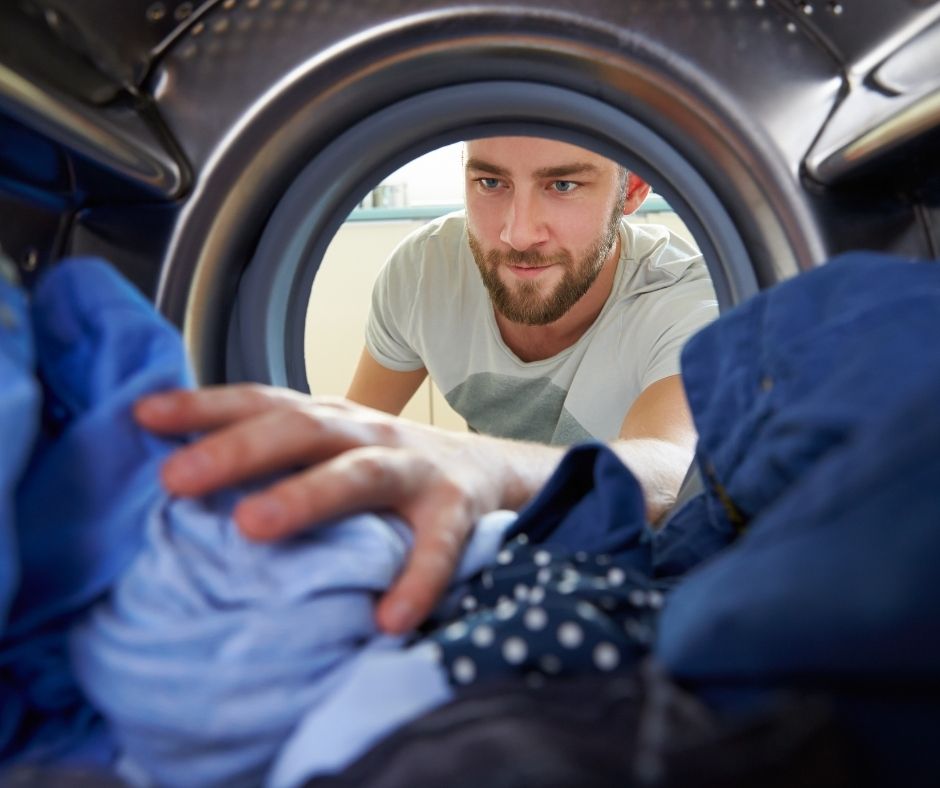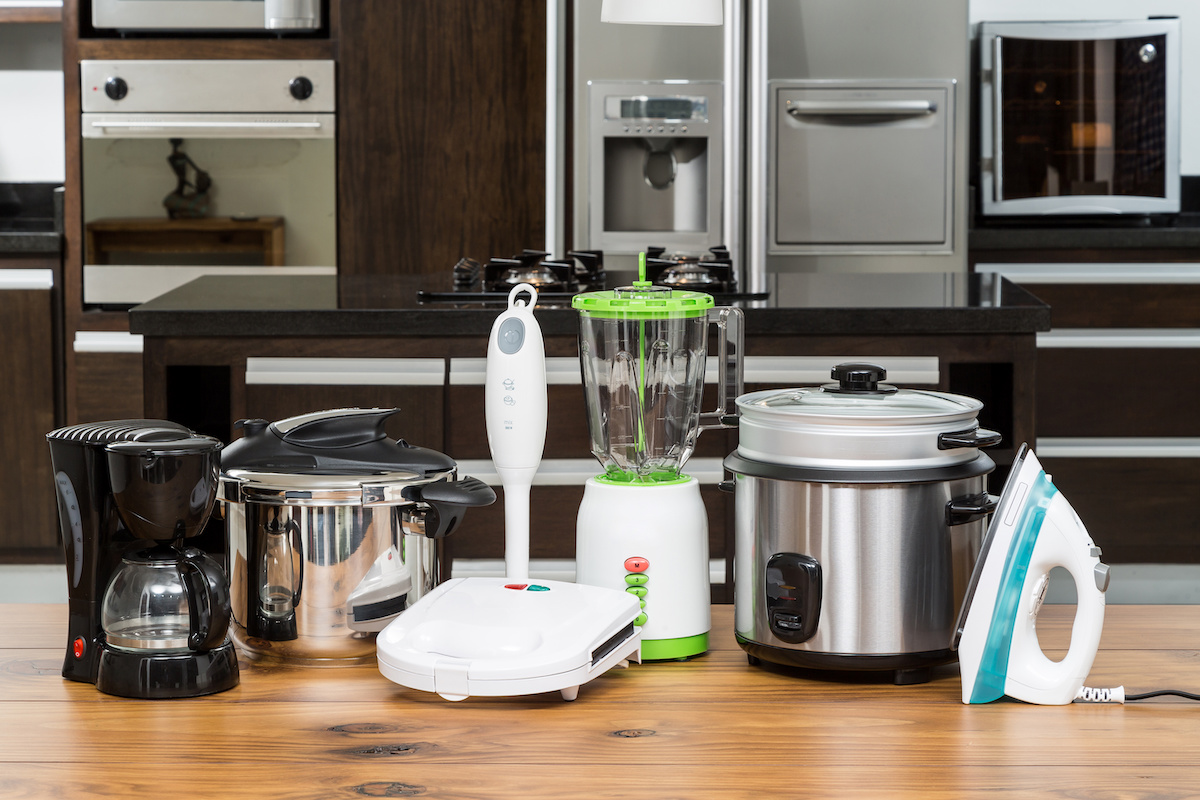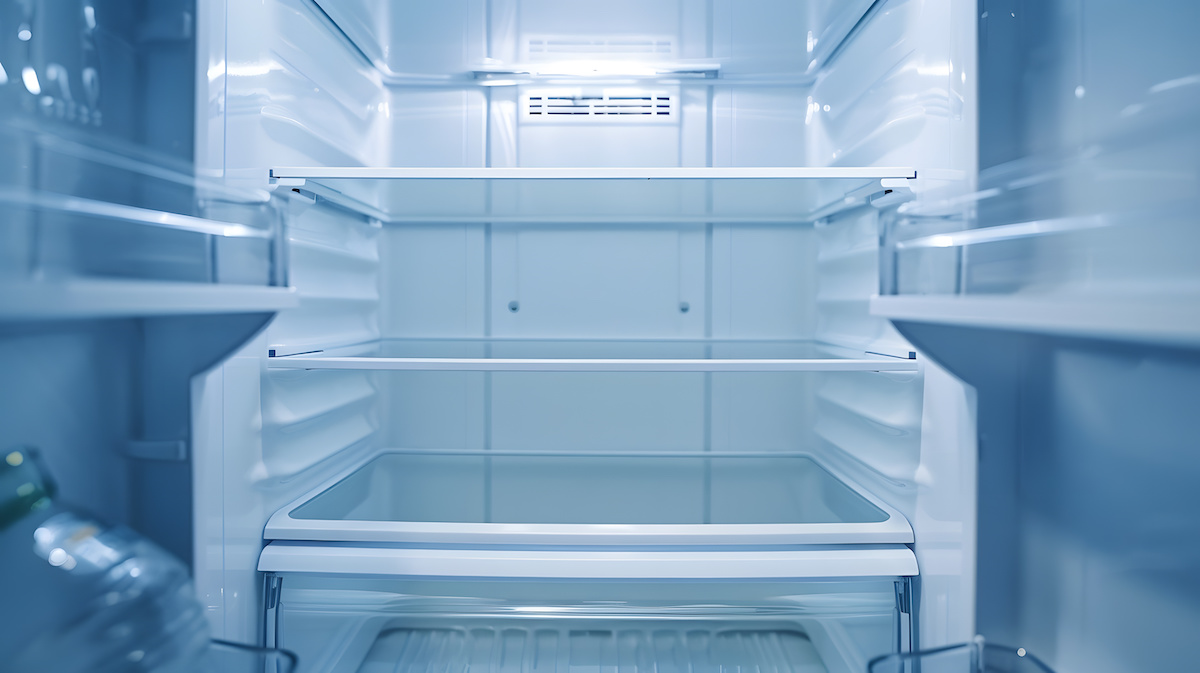
How to Repair Freon Leak in Refrigerator
A refrigerator is a crucial appliance in any household because it keeps food fresh and safe for consumption. When a refrigerator malfunctions, it can be a significant inconvenience. One common issue that can arise is a Freon leak. Freon, or refrigerant, is essential for the cooling process in refrigerators. A freon leak can compromise the efficiency of the appliance and pose health and environmental hazards. To repair freon leak in refrigerator is a delicate process that often requires professional expertise, but understanding the basics can help you identify the problem and decide when to call in an expert.
In this article, we’ll guide you through the process of diagnosing and repairing a Freon leak in your refrigerator.
Understanding Freon and Its Role in Refrigeration
Freon is a trade name for a class of refrigerants known as chlorofluorocarbons (CFCs) and hydrochlorofluorocarbons (HCFCs). These substances circulate through the refrigerator’s cooling system, absorbing heat from the interior and releasing it outside, thereby maintaining a cool temperature inside the fridge.
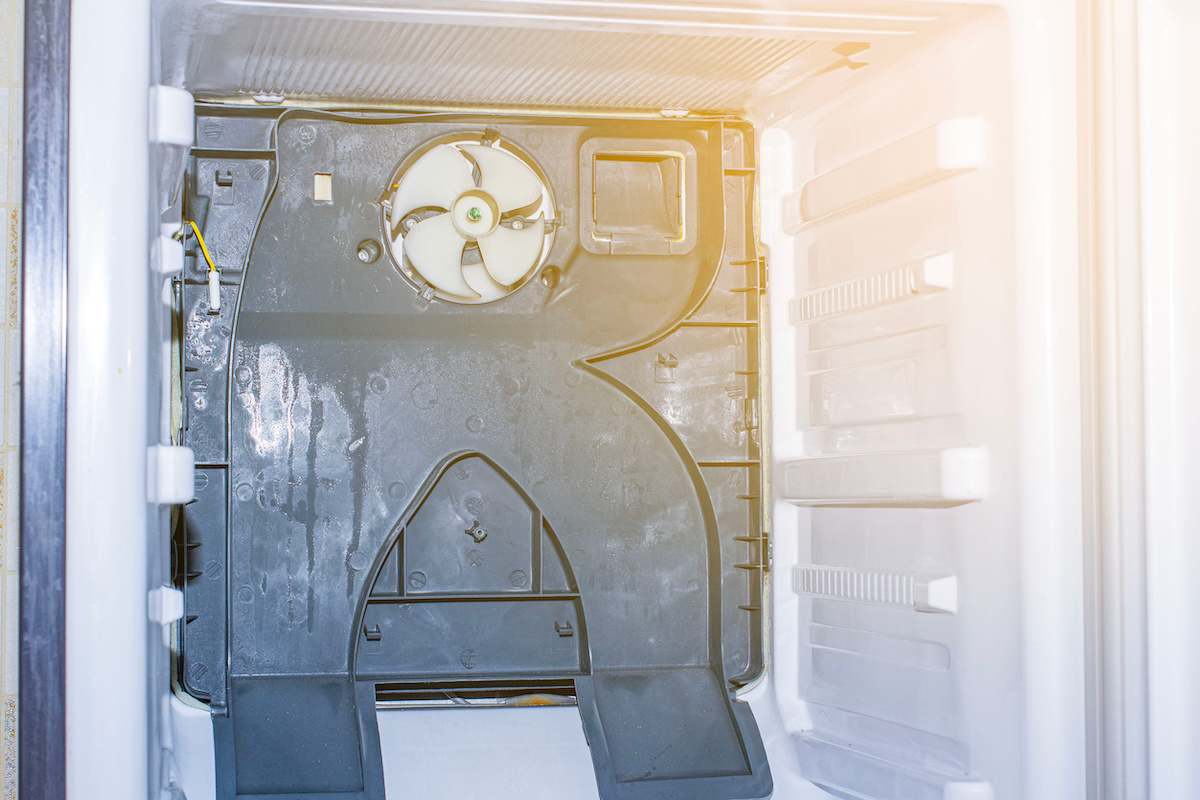
Signs of a Freon Leak
Before attempting any repairs, it’s crucial to identify whether a Freon leak is the issue. Here are some common signs:
- Inefficient Cooling: If your refrigerator is not cooling as it should, it could be due to a Freon leak. Check the temperature settings and ensure the door seals are intact before considering a Freon issue.
- Hissing Sound: If there is a hissing or gurgling sound, then there may be a Freon leak. This sound is caused when the refrigerant escapes from the cooling system.
- Oil Residue: Freon leaks often carry oil from the compressor, so they leave a greasy residue around the leak site.
- Longer Running Time: If your refrigerator runs continuously without maintaining the set temperature, then a refrigerant leak might be the cause.
Safety Precautions
Handling refrigerants requires caution due to their potential health and environmental risks. Here are some safety tips:
- Work in a Well-Ventilated Area: Ensure your workspace is well-ventilated to avoid inhaling Freon, which can be harmful.
- Use Protective Gear: Wear gloves and safety goggles to protect yourself from direct contact with refrigerants.
- Avoid Open Flames: Refrigerants can be flammable. Keep the area free from open flames and sparks.
Tools and Materials Needed
Before starting the repair process, gather the necessary tools and materials:
- Leak detection kit (dye or electronic detector)
- Refrigerant recovery machine
- Vacuum pump
- Refrigerant (Freon) refill
- Brazing kit (for sealing leaks)
- Protective gear (gloves, goggles)
- Manifold gauge set
Step-by-Step Guide to Repairing a Freon Leak
1: Identify the Leak
- Turn Off the Refrigerator: Unplug the refrigerator to prevent electrical hazards.
- Locate the Leak: Use a leak detection kit to find the exact location of the leak. Apply the dye or use the electronic detector according to the manufacturer’s instructions. The dye will glow under UV light if there’s a leak, while an electronic detector will emit a sound or light up.
- Mark the Leak: Once identified, mark the leak location with a permanent marker.
2: Recover the Refrigerant
- Connect the Recovery Machine: Attach the recovery machine to the refrigerator’s service port using a manifold gauge set.
- Recover the Refrigerant: Follow the recovery machine’s instructions to safely extract the remaining Freon from the system. This step is crucial to prevent the release of refrigerants into the environment, which is both illegal and harmful.
3: Repair the Leak
- Access the Leak Site: If the leak is in an accessible area, then you can proceed. If it’s within a sealed component, then you may need to disassemble parts of the refrigerator.
- Clean the Area: Clean the leak site thoroughly to ensure a strong seal. Use a wire brush or sandpaper to remove any corrosion or debris.
- Seal the Leak: Use a brazing kit to seal the leak. Heat the affected area with a torch and apply the brazing rod to create a strong, airtight seal. Let the area cool naturally.
4: Test the Repair
- Pressure Test: After sealing the leak, conduct a pressure test. Connect the manifold gauge set and inject nitrogen into the system to check for any remaining leaks. If the pressure holds steady, the repair is successful.
- Vacuum the System: Connect a vacuum pump to remove any air and moisture from the system. Run the pump until the pressure gauge indicates a deep vacuum (usually below 500 microns).
5: Recharge the System
- Connect the Refrigerant Cylinder: Attach the refrigerant cylinder to the manifold gauge set and connect it to the refrigerator’s service port.
- Refill the System: Next, slowly open the valve on the refrigerant cylinder to allow Freon to enter the system. Monitor the gauges to ensure the system is charged to the correct level. Refer to the refrigerator’s manual for the exact refrigerant charge specifications.
- Check for Proper Operation: Then, plug the refrigerator back in and monitor its performance. Ensure it reaches and maintains the set temperature without running continuously.
When to Call a Professional
Repairing a Freon leak in refrigerator is a complex and potentially hazardous task because it requires specialized equipment and expertise.
For safety and efficiency, it’s crucial to call professional technicians like those at Atlanta Appliance Services. Our certified experts have the knowledge and tools to accurately diagnose and repair refrigerant leaks, ensuring your refrigerator operates smoothly and safely. Trusting professionals not only prevents further damage but also adheres to environmental regulations, giving you peace of mind and a properly functioning appliance.
While this guide provides a basic understanding of repairing a Freon leak, it’s important to recognize when professional help is needed.
Consider contacting a certified HVAC technician if:
- You’re Uncertain: If you’re unsure about any step in the process, it’s safer to call a professional.
- Complex Leaks: Some leaks, especially those within sealed components or hard-to-reach areas, require professional expertise.
- Refrigerant Recovery: Properly recovering and recharging refrigerants require specialized equipment and knowledge.

Preventing Future Leaks
Regular maintenance and careful handling can prevent future Freon leaks. Here are some tips:
- Routine Inspections: Regularly inspect your refrigerator for signs of wear and tear, and address any issues promptly.
- Professional Maintenance: Schedule professional maintenance checks annually to ensure your refrigerator is in good condition.
- Proper Handling: Avoid damaging refrigerant lines during cleaning or moving the refrigerator.
Do You Need to Repair Freon Leak in Refrigerator?
Repairing a Freon leak in refrigerator is a delicate and technically challenging task. While it’s possible to address minor leaks with the right tools and knowledge, many repairs require professional expertise to ensure safety and effectiveness.
At Atlanta Appliance Services, we specialize in diagnosing and repairing refrigerant leaks, ensuring your refrigerator operates efficiently and safely. If you suspect a Freon leak or need assistance with any appliance repair, then don’t hesitate to contact us. Our experienced technicians are here to help you keep your appliances in top condition.

